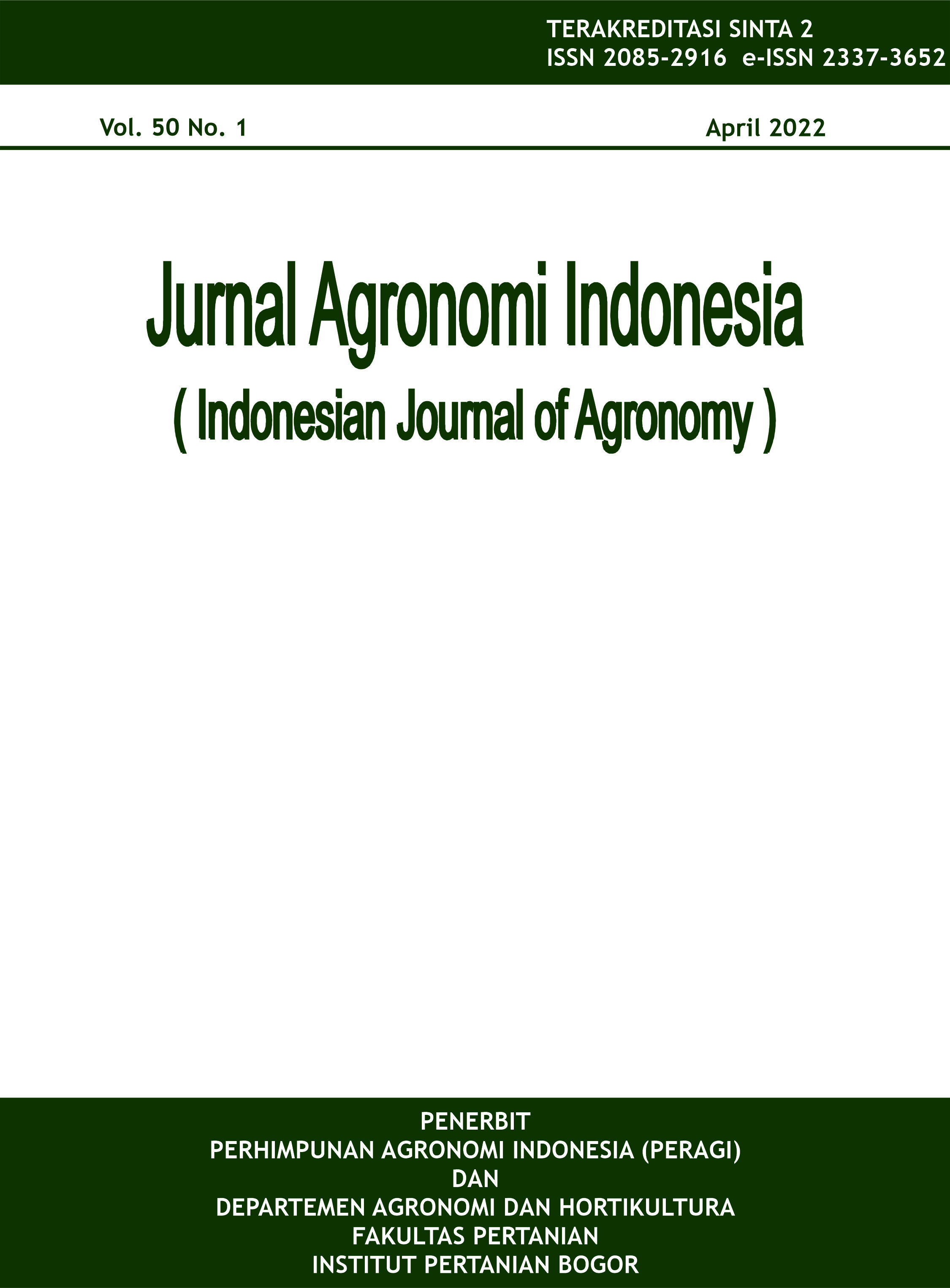Preferensi Tanaman Buah untuk Penghijauan Kota Berdasarkan Persepsi Publik: Studi Kasus di Kota Tangerang
Abstract
Urban greenery using multipurpose plants is a new trend in smart cities in order to improve food security while maintaining greenery functions. For this reason, the selection of plants that are of interest to the community is very important. However, community involvement in determining plants is still rarely studied in Indonesia. This study aimed to study community perceptions and preferences on fruit trees species as city greenery, and to determine its key factors of community perceptions and preferences. The research was conducted in Tangerang and Batuceper subdistrict, Tangerang City. Data were collected through surveys, and interviews with 50 respondents from September 2020 to May 2021. The results showed that 92% of respondents agreed to the green city using fruit trees. In addition to taking the fruit, the tree was able to serve as an ecological function, pedestrians protection from traffic accidents, and as ornamentals. Five out of the 48 recommended fruit species were recommended by more than 50% of respondents, i.e., mango (Mangifera indica), guava (Psidium guajava), orange (Citrus sinensis), rambutan (Nephelium lappaceum), and star fruit (Averrhoa carambola).
Keywords: city greenery, food security, multipurpose tree species, roadside, smart city













